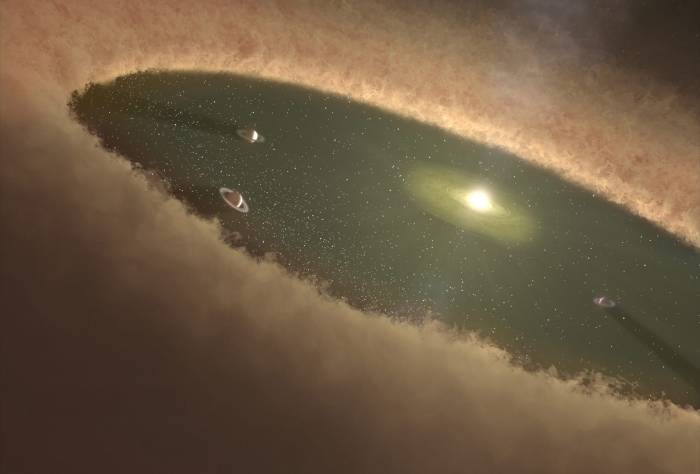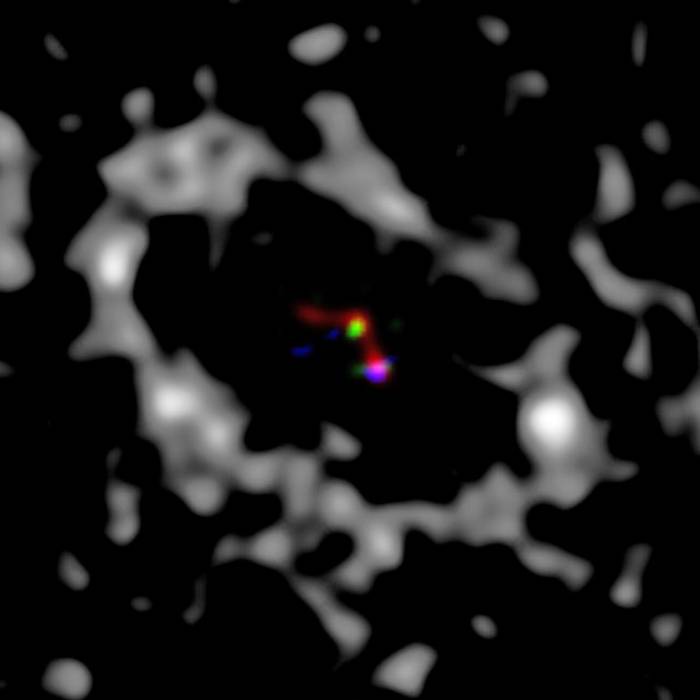
source
For the first time in history, astronomers were able to observe planets being formed. The team, led by Stephanie Sallum from the University of Arizona and Katherine Follette from Stanford University, captured photos of a gas-giant exoplanet forming next to the star LkCa15. The report was published on the Nature Journal of Science and shows that the planets forming are probably infant planets or protoplanets – they are being held together by hot gas and dust. Using images of the solar system that were taken between 2009 to 2015, the team was able to identify two protoplanets – small objects that go on to form planets – alongside a potential third, moving around the star LkCa 15 in an elliptical orbit. The young star is 2 million years old, close to the size of our sun, and about 450 light years from Earth.
It is a very exciting development
In the past, scientists have found similar immature star systems and theorized that infant planets were growing within. But this is the first time an infant planet has ever been directly observed. It is difficult to capture the moment because planets are only in this forming stage briefly. It is unlikely that scientists will be able to find a planet while it is still forming. Plus, young star systems like LkCa 15 tend to be very gassy and dusty. It is difficult to sort through all of the messiness via the most popular observational method. This study took a different approach and observed the planet by looking at the star system from “above,” focusing on a gap between the star and a swirling outer ring of dust and gas.
“It’s exciting, because it’s the first time that we’ve been able to image forming planets directly,” study lead author and graduate student at the University of Arizona Stephanie Sallum said. “It gives us a system to follow up in the future, in depth, to really understand the details of how planets form.”

{adinserter CNP5}
Moving forward
The discovery has caught the attention of the scientific community, particularly how successful this new method was in finding the planet.
“The researchers’ discovery provides stringent constraints on planet-formation theories,” Zhaohuan Zhu of Princeton University said. “For example, such theories now have to explain how a giant planet can form 15-16 AU from its star within 2 million years, and still be growing after this time. Such an understanding of the young planet population will shed light on the decades-old problem of planet formation, and reveal how young planetary systems can evolve into older ones such as our solar system, billions of years after they were born,” he added.

Watch the video below:
https://youtu.be/vp37oQgTmX4
SEE ALSO: NASA Placed 6 Astronauts In A Dome To Simulate Life On Planet Mars.







